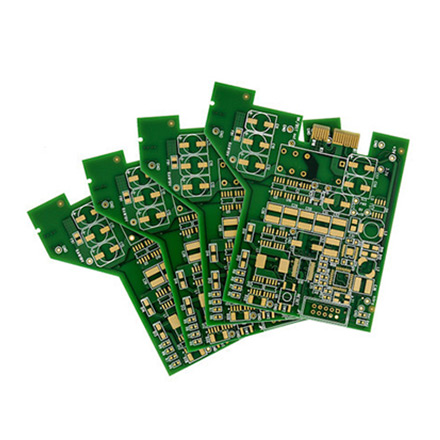

The Allure and Functionality of Green Reflective Glass
In contemporary architecture and design, the materials we choose can significantly impact both aesthetics and functionality. Among these materials, green reflective glass has emerged as a popular choice, revolutionizing the way buildings are designed and enhancing the overall experience of natural light in spaces. This specialty glass not only boasts a striking visual appeal but also provides several practical benefits, making it an ideal material for modern structures.
Aesthetic Appeal
One of the most compelling aspects of green reflective glass is its unique aesthetic. The emerald hue adds a touch of elegance and sophistication to any building façade. Whether used in skyscrapers, office buildings, or residential complexes, this glass creates a visually captivating appearance that captures attention. The reflective nature of the glass allows buildings to blend harmoniously with their surroundings, reflecting both light and color, thereby creating an ever-changing visual experience as the sun moves across the sky. This characteristic can enhance the overall architectural design, making a structure not just a functional space but also a work of art.
Energy Efficiency
In addition to its striking appearance, green reflective glass offers significant energy efficiency benefits. The reflective properties of the glass help to reduce the amount of solar radiation that enters a building, which can lead to lower energy consumption for cooling systems. This is especially crucial in areas with high temperatures and intense sunlight. By minimizing heat gain during the hot months, green reflective glass contributes to maintaining a comfortable indoor climate, reducing the reliance on air conditioning systems, and ultimately lowering energy bills and carbon footprints.
Moreover, many manufacturers produce green reflective glass with added features such as low-emissivity (Low-E) coatings that further enhance thermal performance. These coatings reflect infrared light, keeping heat inside during the winter and outside during the summer, thereby facilitating year-round energy efficiency. This dual functionality makes green reflective glass not only a choice for modern aesthetics but also for sustainable construction practices.

Privacy and Light Control
Another advantage of utilizing green reflective glass is its ability to provide privacy without sacrificing natural light. The reflective surface acts as a mirror during the day, allowing occupants to enjoy views of the outside world while minimizing the sightlines from outside in. This feature is particularly beneficial for urban buildings where space is limited and privacy is a concern. By using green reflective glass, designers can create environments that feel open and inviting without compromising on personal space.
Additionally, the glass allows diffused natural light to penetrate into interiors, creating bright, airy spaces that promote well-being. The soft green hue can also enhance the perception of space, making rooms feel larger and more comfortable.
The Future of Green Reflective Glass
As we look towards the future, the potential for green reflective glass in architectural design continues to grow. With advancements in technology, we can expect to see even more innovative applications of this material. Its integration into smart building designs, where it can adapt to varying light conditions, represents an exciting frontier in energy-efficient architecture.
In conclusion, green reflective glass stands out as a versatile material that marries functionality with beauty. Its aesthetic appeal, energy efficiency, privacy benefits, and potential for innovation make it a sought-after choice in modern architecture. As we strive for more sustainable and visually captivating designs, green reflective glass will undoubtedly play a crucial role in shaping the landscapes of our cities, heralding a new era of building design that is both eco-friendly and visually stunning.